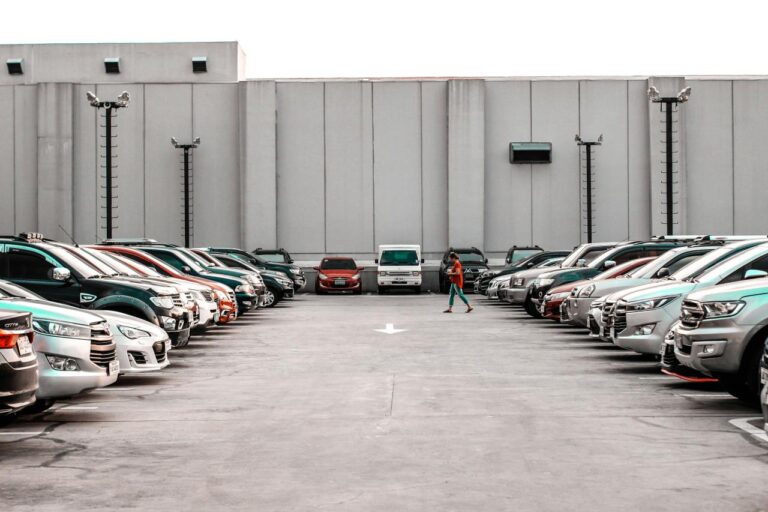New car prices have been falling for most of 2023, with the average new car selling for $47,936 in October, Kelley Blue Book reported. Overall, new car prices are down 1.4% since October 2022 and 3.5% since their peak in December 2022.
Will this downward trend continue into 2024? GOBankingRates spoke with David Meniane, CEO of CarParts.com, to get his predictions.
Car Prices Will Likely Continue To Decrease
If car prices follow recent trends, they will likely continue to decrease into 2024. However, nothing is guaranteed.
“It’s difficult to predict whether the cost of owning or purchasing a car will decrease in the coming year,” Meniane said. “Last month, the average price for a new vehicle was [$47,936] — a [1.4%] dip from last year, according to the latest KBB data. This suggests that new car prices might drop in 2024.”
One factor that could lead to price drops is an oversupply of new cars.
“One recent report estimates that global car production will exceed sales by 6% this year, creating a surplus of 5 million vehicles that will receive price cuts to facilitate their sale,” Meniane said.
Meniane said that when you buy in 2024 will also have an effect on the price you get.
“It depends on the time of year,” he said. “For example, October to January is typically the best time to buy a vehicle, especially during the month of December. If you’re a prospective buyer intimidated by the prices you’re seeing in the first half of 2024, you might want to wait until the end of the year when manufacturers announce large discounts and deals.”
Which Types of Cars Will See the Biggest Price Drops?
Meniane believes that SUVs and used sedans could see significant price decreases in the coming year.
“Oil prices are projected to rise in 2024, which means SUVs and other less fuel-efficient vehicles will be less expensive to purchase,” he said. “Manufacturers will use competitive pricing to convince consumers to purchase larger cars, as people won’t want to drive cars that run up a large gas bill. This may make used sedans, especially hybrid models, more affordable compared to other automobiles on the market.”
On the other hand, new EVs and hybrid cars will likely swing in the other direction.
“Cars with advanced electric and hybrid technology are likely to maintain or even increase their price points,” Meniane said. “Key factors like growing consumer interest, an increasing societal emphasis on sustainability and government incentives for EV owners will contribute to steadily growing demand, which will keep EV prices stable and rising.”
In addition, any cars that are reliant on semiconductor chips may see prices remaining steady or rise, as supply shortages continue to be an issue.
“Supply chain disruptions and shortages of semiconductor chips have affected the automotive industry in recent years, driving up the price of production and thus the cost to a prospective buyer,” Meniane said. “If these challenges persist into the next year, certain models, especially those heavily reliant on electronic components, might experience price increases due to constrained supply and increased price of production.”
Tips for Car Buying in 2024
If you’re planning on buying a car in the coming year, look for ways to cut down on costs. For example, you might consider buying a used car instead of a new one.
“Prospective buyers should look to see if they can purchase a used car with a reliable car report and parts history,” Meniane said. “With recent advancements in durability and technology, many preowned vehicles offer excellent performance at a fraction of the cost.”
It’s also important to be an informed buyer when heading to the dealership.
“Make sure to do your research,” Meniane said. “There is a lot to consider when purchasing a vehicle, and buyers should leverage online resources like car comparison tools, customer reviews and expert opinions to make the most informed decision.”
Finally, be realistic about how much car you can actually afford and all of the factors that play into that cost.
“Be mindful of the total cost of ownership, including maintenance, fuel efficiency and insurance rates,” Meniane said. “Some cars may have a lower sticker price but higher long-term costs because they use more fuel, require more frequent maintenance or are known to have worse security/anti-theft protections.”
Source: finance.yahoo
